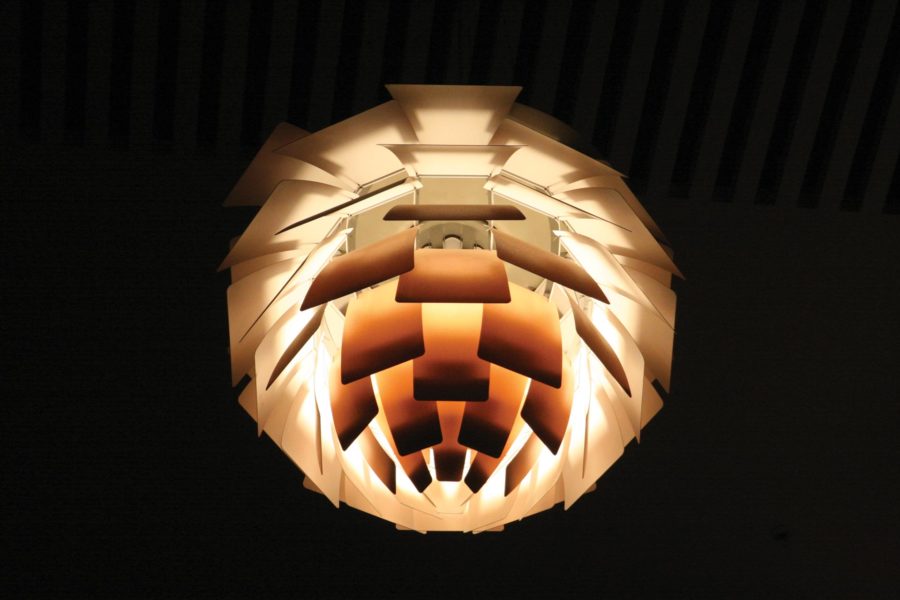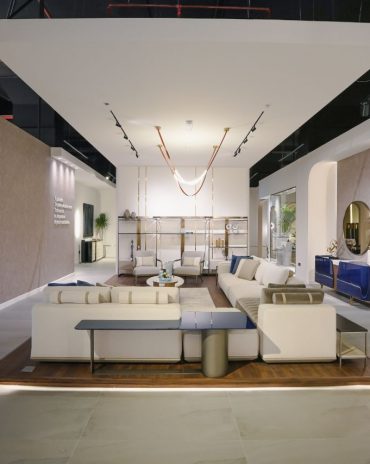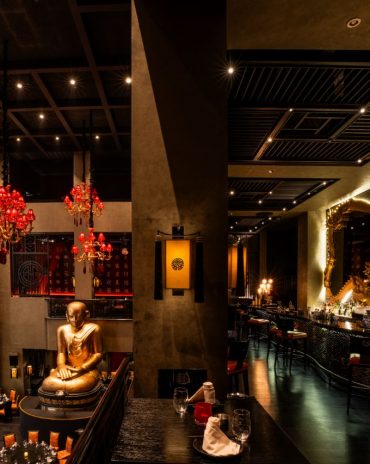Copyright © 2025 Motivate Media Group. All rights reserved.
60 years of the PH Artichoke lamp
We are chronicling the people, places and objects that will stand the test of time.

 Over six decades ago, Poul Henningsen’s fascination and experience with light resulted in the one of the most beautiful, refined and enduring lighting objects of the 20th century.
Over six decades ago, Poul Henningsen’s fascination and experience with light resulted in the one of the most beautiful, refined and enduring lighting objects of the 20th century.
Born in Copenhagen in 1894, and the son of a famous Danish actress, Poul Henningsen studied at The Technical School at Frederiksberg, Denmark, and then at Technical College in Copenhagen.
He was educated, and initially practiced, as an architect, but achieved greater success – and fame – as writer, critic and lighting designer.
His PH-lamp of 1925 featured the careful, elegant approach that characterised all his designs – manipulating rays from its bulb so that illumination was both uniform and glare-free.
Henningsen is often referred to in Denmark simply as PH, and his initials form part of many of his creations, including that of perhaps his greatest: the PH Artichoke pendant.
This celebrated light fixture was created in 1958 for the Langelinie Pavillonen restaurant in Copenhagen, where it still hangs – testament to the lasting appeal of its iconic sculptural design.
Though widely known by its English name, PH Artichoke is referred to in many countries by the literal translation of its original Danish name: PH Kogle (conifer cone).
Available in three different sizes and finished in copper, wet painted white or brushed stainless steel, PH Artichoke features 72 laser-cut or stamped leaves, which are carefully positioned to form 12 unique rows of six leaves, and work with the chrome inner diffuser to ensure that the glare-free light is evenly reflected in a unique pattern.
Stainless steel aircraft cables are used to mount the light, which is unusually heavy – typically weighing between eight and 28 kilogrammes.
The PH Artichoke is, and has always been, manufactured by Louis Poulsen Lighting, with much of the production process carried out by hand.
Henningsen’s collaboration with Louis Poulsen began in 1925 and endured until he died. The company also played a role in his literary success – with its then-CEO, Sophus Kaastrup-Olsen, giving editorship of its own magazine to the designer as a gift, following his dismissal from a Danish newspaper due to his radical opinions.
Read more features here.
The Latest
Designing Movement
RIMOWA’s signature grooved aluminium meets Vitra’s refined design sensibilities
A Sense of Sanctuary
We interview Tanuj Goenka, Director of Kerry Hill Architects (KHA) on the development of the latest Aman Residences in Dubai
Elevated Design
In the heart of Saudi Arabia’s Aseer region, DLR Group has redefined hospitality through bold architecture, regional resonance and a contemporary lens on culture at Hilton The Point
Turkish furniture house BYKEPI opens its first flagship in Dubai
Located in the Art of Living, the new BYKEPI store adds to the brand's international expansion.
Yla launches Audace – where metal transforms into sculptural elegance
The UAE-based luxury furniture atelier reimagines the role of metal in interior design through its inaugural collection.
Step inside Al Huzaifa Design Studio’s latest project
The studio has announced the completion of a bespoke holiday villa project in Fujairah.
Soulful Sanctuary
We take you inside a British design duo’s Tulum vacation home
A Sculptural Ode to the Sea
Designed by Killa Design, this bold architectural statement captures the spirit of superyachts and sustainability, and the evolution of Dubai’s coastline
Elevate Your Reading Space
Assouline’s new objects and home fragrances collection are an ideal complement to your reading rituals
All Aboard
What it will be like aboard the world’s largest residential yacht, the ULYSSIA?
Inside The Charleston
A tribute to Galle Fort’s complex heritage, The Charleston blends Art Deco elegance with Sri Lankan artistry and Bawa-infused modernism
Design Take: Buddha Bar
We unveil the story behind the iconic design of the much-loved Buddha Bar in Grosvenor House.
















